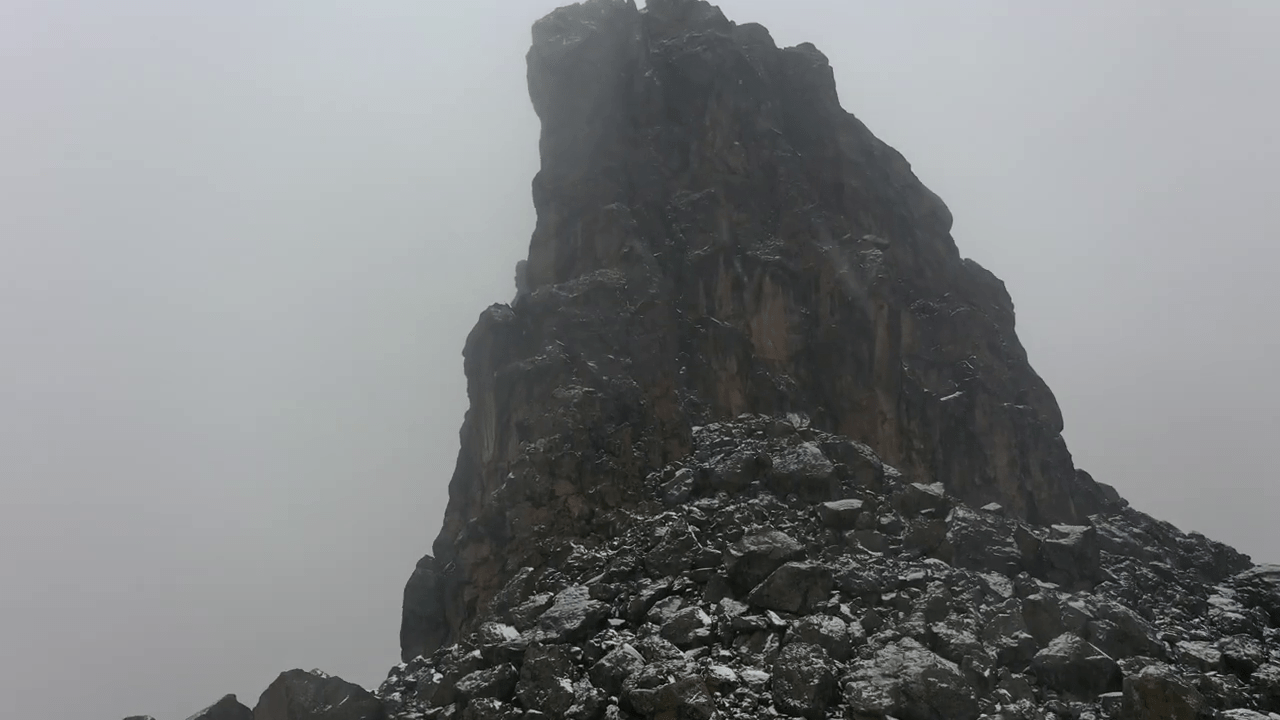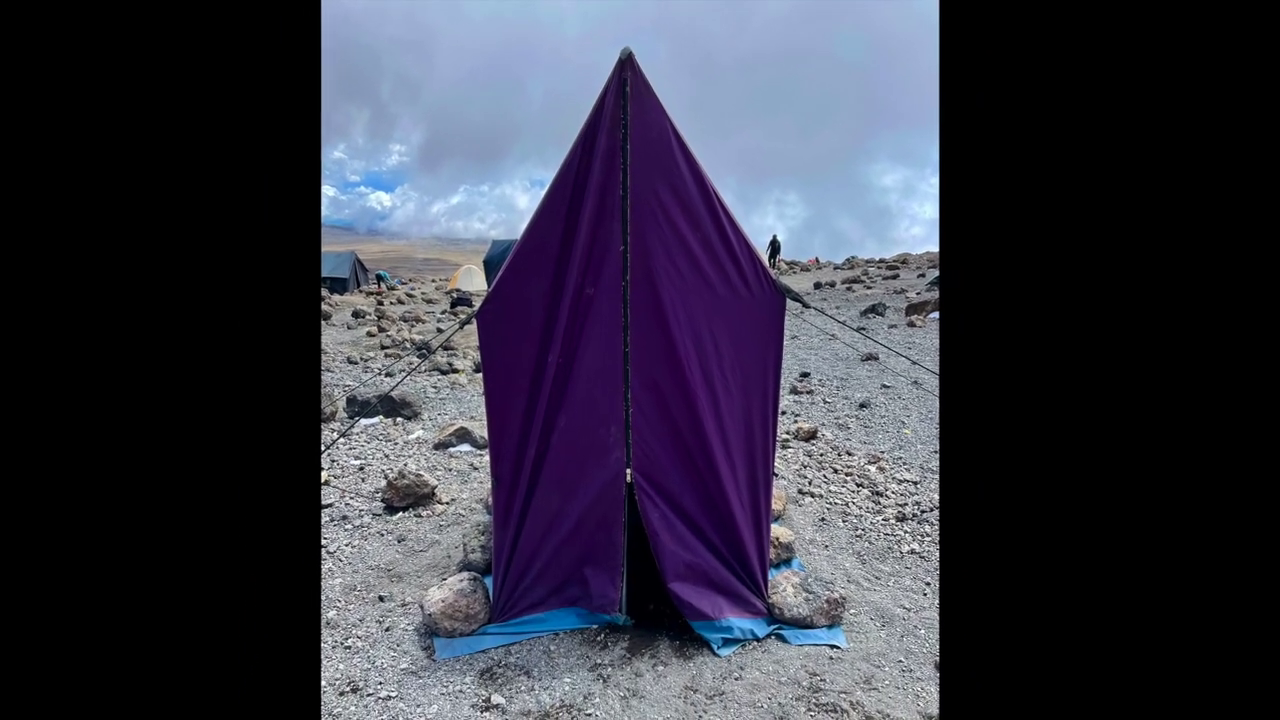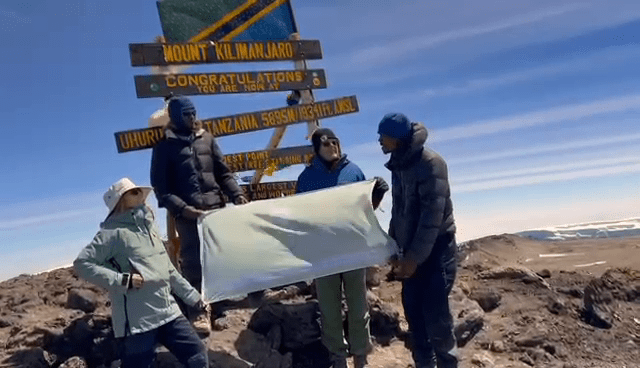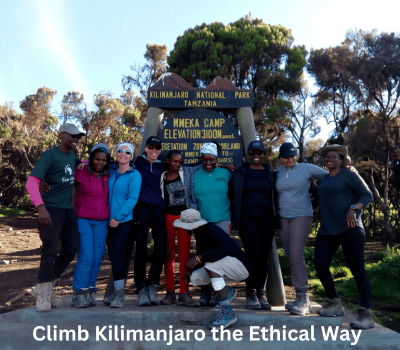Is Climbing Kilimanjaro Dangerous for Individuals Without Mountaineering Experience?

Introduction: The Myth of Danger and Experience
Many aspiring adventurers wonder if climbing Mount Kilimanjaro is safe, especially without a mountaineering background. The towering peak—Africa’s highest at 5,895 meters—certainly commands respect. But is it dangerous for beginners?
The truth? While Kilimanjaro is physically demanding, it’s not inherently dangerous for first-timers—as long as it’s approached with proper preparation, guidance, and respect for the mountain’s risks. In fact, thousands of people without hiking or trekking experience summit successfully each year.
This article breaks down the real risks of Kilimanjaro, the role of experience, and how anyone—regardless of background—can climb safely with the right strategy.
Kilimanjaro Is a Trekking Mountain—Not a Technical Climb
Let’s be clear: Mount Kilimanjaro is not a technical mountain. You don’t need climbing ropes, harnesses, or crampons. It’s a walking trail—albeit one that leads to nearly 6,000 meters above sea level.
You’ll be trekking through five distinct climate zones, from humid rainforests to freezing alpine deserts, over 6 to 9 days. The difficulty doesn’t come from climbing skills—it comes from stamina, altitude, and weather.
Routes like the 8 Days Lemosho Route and 9 Days Northern Circuit offer gentle, well-paced ascents that are ideal for beginners.
The Real Dangers of Kilimanjaro: What to Know
While you don’t need mountaineering skills, Kilimanjaro does have risks. These include:
- Altitude Sickness: By far the most common and serious risk.
- Weather Conditions: Rapid changes in temperature, wind, and rainfall.
- Physical Exhaustion: Especially during summit night which lasts 10+ hours.
- Inadequate Gear: Poor clothing or footwear can lead to hypothermia or injuries.
- Dehydration or Malnutrition: Often due to poor preparation or lack of appetite at altitude.
These risks apply to everyone, not just beginners. But with proper support and preparation, they can be effectively managed.
Altitude: The Most Serious Risk for All Climbers
The main danger on Kilimanjaro isn’t terrain—it’s altitude sickness. As you ascend, oxygen levels drop dramatically. Symptoms can include headaches, nausea, dizziness, and insomnia. If untreated, altitude sickness can escalate into life-threatening conditions.
This is where your guide’s training matters. With Eco-Africa Climbing, guides are WFR-certified (Wilderness First Responder) and carry emergency oxygen and oximeters. They monitor your health daily and make informed decisions to protect your safety.
Additionally, longer routes like the Northern Circuit give your body more time to acclimatize, reducing your risk.
Common Mistakes First-Timers Make—and How to Avoid Them
Most risks on Kilimanjaro come from avoidable errors. These include:
- Choosing a short route like the 5-day Marangu with no acclimatization time
- Ignoring early symptoms of altitude sickness
- Wearing inadequate gear for cold or wet weather
- Underestimating summit night’s physical challenge
- Trying to go “too fast” instead of pole pole (“slowly” in Swahili)
With a reputable operator, these mistakes are less likely to happen. At Eco-Africa Climbing, all climbs are designed with safety, pacing, and comfort in mind—especially for first-timers.
The Role of Guides and Medical Protocols
Climbing Kilimanjaro without prior mountaineering experience is feasible, largely due to the support of experienced guides and established medical protocols. Reputable tour operators provide guides trained in wilderness first aid and altitude sickness management. These guides monitor climbers’ health, ensuring early detection of altitude-related issues and implementing appropriate responses, such as descent or medical intervention. Their expertise significantly enhances safety for novice climbers.
Safety Gear and Emergency Equipment
Proper safety gear is crucial for a secure Kilimanjaro ascent. Essential items include:
- Pulse oximeters: To monitor oxygen saturation levels.
- Supplemental oxygen: For emergency use in severe altitude sickness cases.
- First aid kits: Equipped to handle common trekking injuries and ailments.
- Communication devices: Such as radios or satellite phones for emergency contact.
Ensuring your chosen tour operator provides this equipment is vital for a safe climb.
Choosing the Right Route for Safety
Selecting an appropriate route is essential for acclimatization and safety. Longer routes like the 8 Days Lemosho Route and the 9 Days Northern Circuit Route offer gradual ascents, allowing better adaptation to altitude and reducing the risk of altitude sickness. These routes are recommended for beginners seeking a safer trekking experience.
How First-Timers Stay Safe
First-time climbers can enhance their safety by:
- Training: Engaging in regular cardiovascular and strength training exercises to build endurance.
- Acclimatization: Choosing routes with gradual ascents and incorporating rest days.
- Hydration and Nutrition: Maintaining proper hydration and consuming balanced meals to support physical exertion.
- Listening to Guides: Following the advice and instructions of experienced guides.
Adhering to these practices significantly improves safety and increases the likelihood of a successful summit.
Expert Preparation Checklist
To prepare for a safe Kilimanjaro climb, consider the following checklist:
- Physical Fitness: Engage in a training regimen focusing on endurance and strength.
- Medical Consultation: Undergo a health check-up to identify any underlying conditions.
- Gear Preparation: Acquire appropriate clothing, footwear, and equipment suitable for varying weather conditions.
- Travel Insurance: Obtain insurance that covers high-altitude trekking and emergency evacuation.
- Route Selection: Choose a route that aligns with your fitness level and allows for proper acclimatization.
Thorough preparation is key to a safe and enjoyable Kilimanjaro experience.
Physical Fitness and Training: Preparing Your Body for the Climb
While technical climbing skills aren’t necessary for Kilimanjaro, a reasonable level of physical fitness is essential. The trek involves long days of walking, often in challenging conditions. To prepare:
- Cardiovascular Training: Engage in activities like hiking, running, or cycling to build endurance.
- Strength Training: Focus on leg and core exercises to handle the demands of uphill trekking.
- Flexibility and Balance: Incorporate yoga or stretching routines to improve flexibility and prevent injuries.
Consistency in training, starting several months before the climb, will enhance your ability to cope with the physical demands of the ascent.
Mental Preparation and Resilience: The Psychological Challenge
Climbing Kilimanjaro is as much a mental challenge as it is physical. Factors like fatigue, altitude effects, and changing weather can test your resolve. To build mental resilience:
- Set Realistic Expectations: Understand the challenges and prepare for them mentally.
- Practice Mindfulness: Techniques like meditation can help manage stress and maintain focus.
- Stay Positive: Cultivate a positive mindset to overcome obstacles and stay motivated.
Mental preparation will help you adapt to the rigors of the climb and enhance your overall experience.
Importance of Acclimatization: Adapting to High Altitudes
Acclimatization is crucial to reduce the risk of altitude sickness. Strategies include:
- Choose Longer Routes: Routes like the 8-day Lemosho or 9-day Northern Circuit allow more time to adjust.
- Climb High, Sleep Low: Ascending to higher altitudes during the day and descending to sleep helps adaptation.
- Stay Hydrated: Drink plenty of water to aid acclimatization.
Proper acclimatization enhances safety and increases the likelihood of a successful summit.
Role of Guides and Support Staff: Ensuring Safety and Support
Experienced guides and support staff are vital for a safe and successful climb. Their responsibilities include:
- Health Monitoring: Regularly checking climbers for signs of altitude sickness.
- Route Navigation: Leading the group safely along the chosen path.
- Emergency Response: Managing any emergencies that may arise during the trek.
Choosing a reputable tour operator ensures that you have qualified personnel to support you throughout the journey.
Equipment and Gear Considerations: Preparing for Varying Conditions
Having the right gear is essential for comfort and safety. Key items include:
- Clothing: Layered clothing to adapt to changing temperatures.
- Footwear: Sturdy, well-broken-in hiking boots.
- Sleeping Gear: A quality sleeping bag rated for cold temperatures.
- Accessories: Trekking poles, headlamp, and a daypack for essentials.
Proper gear preparation ensures you’re equipped to handle the diverse environments encountered on Kilimanjaro.
Conclusion: Kilimanjaro Is Achievable for First-Timers—with Smart Planning
While Mount Kilimanjaro presents real challenges, it is far from out of reach for individuals without mountaineering experience. The key lies in choosing the right route, working with experienced guides, training adequately, and respecting the mountain’s risks.
Thousands of first-time trekkers reach Uhuru Peak every year. With the support of Eco-Africa Climbing, which provides medically trained guides, high-quality gear, and ethical climbing practices, your journey will be safe, well-organized, and deeply rewarding.
Experience isn’t the barrier—preparation and attitude are. With a strong mindset and the right support, you can confidently answer the call of Africa’s tallest peak.
Frequently Asked Questions (FAQs)
Is Kilimanjaro too dangerous for beginners?
No. While it has risks, with proper preparation, acclimatization, and an experienced guide, it’s very achievable for beginners.
What’s the most common danger on Kilimanjaro?
Altitude sickness. It affects all climbers regardless of experience. Choosing longer routes helps mitigate this risk.
Do I need technical climbing experience?
No. Kilimanjaro is a trekking mountain. It doesn’t require ropes or mountaineering skills—just stamina and proper gear.
Can I climb Kilimanjaro alone?
No. Tanzanian law requires all climbers to be accompanied by a licensed guide.
Which routes are safest for first-time climbers?
We recommend the 8 Days Lemosho or the 9 Days Northern Circuit for optimal acclimatization and safety.
Ready to Climb Kilimanjaro Safely—Even Without Experience?
Join Eco-Africa Climbing for a safe, ethical, and unforgettable journey to the Roof of Africa. We specialize in supporting first-time trekkers with:
With us, your dream isn’t just possible—it’s professionally guided, ethically supported, and personally transformational.
Share:
Related Posts

bathroom on mountain kilimanjaro
Bathroom on Mountain Kilimanjaro: What to Expect and How to Prepare Introduction One of the most common — and least discussed — questions from people

Are Guides Readily Available in Tanzania Without Prior Booking?
Are Guides Readily Available in Tanzania Without Prior Booking? Introduction: Should You Risk Climbing Without Pre-Booking? Climbing Mount Kilimanjaro is a dream for many adventurers.

How Can I Find a Reliable Local Guide for My Kilimanjaro Expedition?
How Can I Find a Reliable Local Guide for My Kilimanjaro Expedition? Introduction: Why the Right Guide Is Key to Kilimanjaro Success Climbing Mount Kilimanjaro

Is Climbing Kilimanjaro Dangerous for Individuals Without Mountaineering Experience?
Is Climbing Kilimanjaro Dangerous for Individuals Without Mountaineering Experience? Introduction: The Myth of Danger and Experience Many aspiring adventurers wonder if climbing Mount Kilimanjaro is
